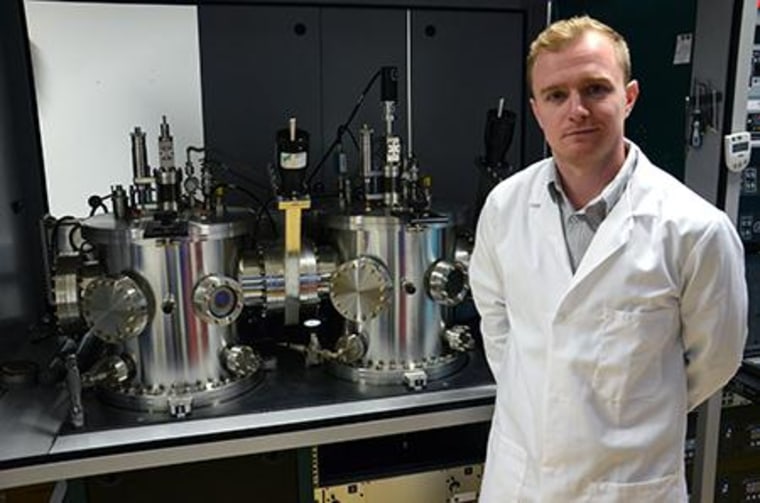What do solar panels and tofu have in common? Not much yet, but that could be about to change. U.K. scientists have found that magnesium chloride, a common chemical used as a bath salt and as a coagulant in the production of tofu, can replace cadmium chloride, a key component in the process used to make thin-film solar panels. While cadmium chloride works well, it's toxic and expensive. Physicist John Major, from the University of Liverpool's Stephenson Institute for Renewable Energy, says magnesium chloride is a fraction of the cost of cadmium chloride and "completely non-toxic." While silicon photovoltaics currently dominate the market, Major says his teams' finding could help thin-film solar cells make significant inroads. The study was published online this week in the journal Nature.
Sign up for top Science news delivered direct to your inbox
IN-DEPTH
- Projects Seek to Turn Pavement into Alternative Energy Sources
- Why China's Solar Panel Company Is An Official World Cup Sponsor
- WATCH: Tofu ingredient could revolutionize solar panel manufacture
SOCIAL
— James Eng, NBC News
